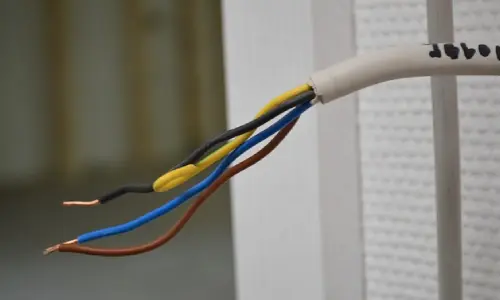Canadian electrical wiring is different from American electrical wiring. As American and Canadian houses are built differently and have different electrical connections. This is because the electrical code in Canada is different than in the United States. The National Electrical Code (NEC) of 2008 was adopted by both countries in 2017.
In addition to the NEC, Canada has the Canadian National Standard for Electrical Installations (C22.1-01) as well as other safety standards that apply to electrical systems. Follow this article from Bondelectric, which is one of the electrical services in Canada.
Canadian Electrical Wiring Code
The most important difference between electrical wiring in a Canadian house and an American house is that Canadian houses have an earth circuit. This means that all circuits must be connected somewhere in the building’s main panel box or on each individual circuit breaker.
The Canadian Electrical Code (CEC) is developed by the Canadian Standards Association (CSA) and is available in English and French.
CEC is a legal requirement for electrical work in Ontario, Manitoba and British Columbia. The National Building Code of Canada (NBC) is another model code published by the CSA. It contains the same requirements as the CEC but does not address electrical systems.

Building wiring includes electrical appliances such as electrical appliances and electrical distribution components such as circuit breakers or fuses.
Electrical installations are subject to the safety standards of the country in which they are installed, for example BS 7671 in the UK, CSA in Canada and UL in the US. The installation and operation of electrical systems in different countries is different based on voltage, cable insulation and grounding.
Note: Electrical wiring must be done by a licensed electrician. In some jurisdictions it is illegal to do any electrical work without approval from the local authority.
What is the electrical wiring system in Canada?
Canada has its own wiring standards. The Canadian Electrical Wiring Code (CEC) is the standard for electrical installations in Canada.

Decades ago, there were separate standards for building wiring in Canada, but now there is only one standard that covers both.
The CEC has been revised several times over the years, with the latest version published in 2014.
Canadian Electrical Code Residential Wiring
The Canadian Electrical Code is a set of rules that electrical contractors, electricians and technicians must follow when working on electrical wiring in Canada. This code describes safety practices for residential and commercial wiring, including how to properly install switches, outlets, electrical appliances, and other devices.

The Canadian Electrical Code is a document published by the National Research Council of Canada (NRC). It outlines the requirements for safe electrical installation practices in Canada.
The code is divided into three parts: Part 1 covers general requirements, Part 2 covers residential installations, and Part 3 covers commercial installations.
Electrical wire color in Canada
The colors of electrical wires in Canada are red, black and white. These are the most common wire colors used by electrical contractors. The same color scheme is adopted in most other countries such as USA, Australia and China.
The most common color codes for Canadian electrical wiring are:
- Red
- Black
- white
- Blue
The color of electrical wires is color coded to indicate the purpose, size and type of wire insulation. Color coding is a standard system that makes it easier for electricians to install, identify and troubleshoot wires in an electrical circuit.

What do the Canadian electrical wiring color codes represent?
- White: Neutral – A white or light cream color that indicates the connection of the wire to a neutral point in the circuit.
- Black: Hot – Black or dark blue color indicating that this wire carries current that connects to the power source.
- Red: A live color – red or orange indicating that the wire carries a current that may be turned on or off by the operator at will, such as lamps or motors. It is also called “carrying current”.
- Blue: Ground – blue or green color that indicates the connection of this wire to the ground.
Result
I hope you have gained some useful information about the Canadian Electrical Wiring Code by reading this article and you can also contact our experts at Bondelectric for more information about building electrical wiring in Canada.
